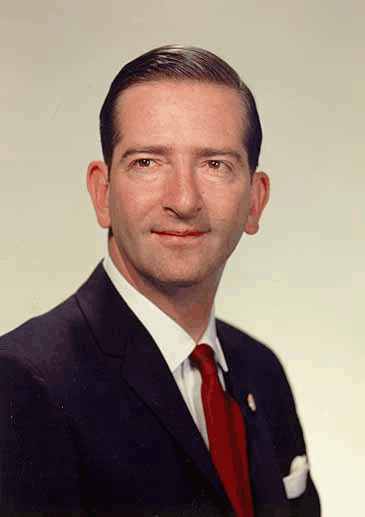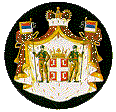King
Petar II Karadjordjevic
|
PETAR II KARADJORDJEVICH King of Yugoslavia (1934-1945) |
|
|
Peter was the oldest son of Alexander I Karadjordjevich. He came to the throne after his father had been assassinated on October 9, 1934. Peter was underage at the time, so the country was ruled by Regency led by Prince Paul Karadjordjevich, son of Arsen, brother of King Peter I Karadjordjevich.
On March 25, 1941 the Yugoslav government joined Hitlerís Tripartite Pact. It provoked revolt in people, mass demonstrations and April war. The Army performed coup díetat and repealed Regency, and brought to the throne the still underage Peter II.
Yugoslavia had been attacked, the young Regent and the Yugoslav government left the country on April 15, in the same year. They stayed in exile in England until the end of World War II. From London, Peter II supported the chetnik movement of General Drazha Mihailovich, whom he had appointed the Minister of Army, Navy and Air Force, at the beginning of 1942. He was therefore banned to return to the country by the Anti-fascist Council of Peopleís Liberation of Yugoslavia (AVNOJ), on November 29, 1943. It was left to the people to decide after the war what would happen to the King and his Kingdom.
After the Referendum in 1945, the Constitutional Assembly of Yugoslavia abolished the monarchy and deprived Peter II and his dynasty of their dynastic rights. Yugoslavia became a republic, and its first and lifelong president Josip Broz Tito. |
|


